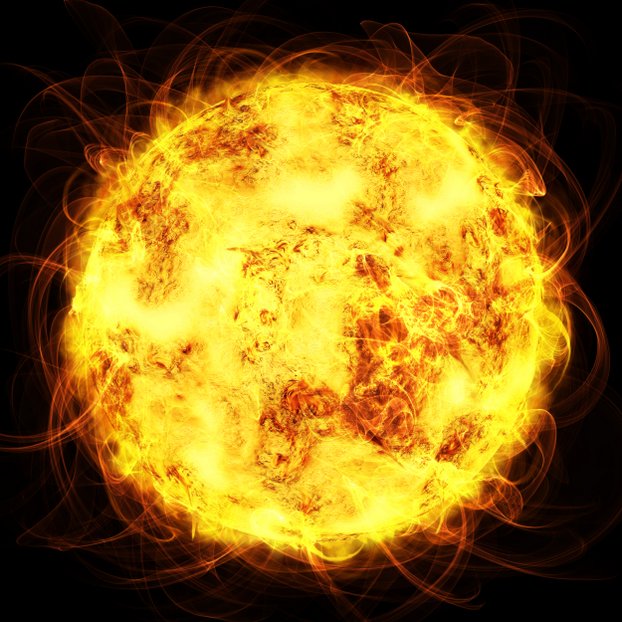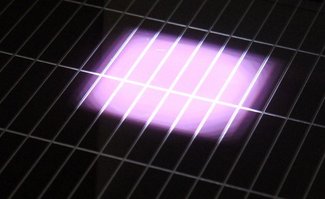Here comes the Sun
Summer solstice shines light on KTH solar research

Saturday, June 21 is the summer solstice – when the hours of sunlight in the northern hemisphere are at their longest. Here’s a look back at some stories that show how we can make use of all that solar radiation.
Ion-conducting polymer improves solar cells

Dye-sensitized solar cells can become more energy-efficient and longer-lasting, using technology developed at KTH. The key is a new quasi-liquid, polymer-based electrolyte that would increase voltage and current, while reducing resistance. Read full article
Breakthrough could boost solar
Splitting water into oxygen and hydrogen at speeds approaching nature’s own could provide a significant boost for alternative energy sources. A team at KTH has set a speed record for artificial photosynthesis, that is, the laboratory replication of the process that plants use to directly harness solar energy for growth. “This speed increase opens the possibility of building large hydrogen production facilities, for example in the Sahara where sunshine is plentiful. Or we may be able to achieve far more efficient conversion of solar energy into electricity,” says Licheng Sun, Professor of Organic Chemistry. Read full article
Marketing solar to the masses

Unlocking the mass market potential for do-it-yourself power generation may be possible with the help of several ideas being drawn up by researchers at KTH in collaboration with a design group. A mobile app, a solar garden shed, a self-generation start-up kit and a video are among the concepts that can be developed into products, services or communications to attract consumers to the idea of making and storing their own energy. Read full article. :
People with glass roofs – save on electricity
Solar panels are not the only way to capture clean energy from the Sun. Glass roofs that draw on technology developed at KTH have emerged as an aesthetically pleasing way to self-generate household heat.
From the Sahara to Scandinavia
Solar power from the Sahara Desert could supply solar power to countries as far away as Sweden, if the advances in power grid technology under development at KTH are put into practice.
Boats tap the rising sun
A team of KTH students traveled to the land of the rising sun to win a solar-powered boat race on Japan's largest lake. Read full article

The dance between the Sun and its planets
With every solar flare or corneal mass ejection, large currents flow down into the Earth’s atmosphere and can induce strong currents to power grids, burning out transformers and causing other damage. This is due to a phenomenon called “magnetic reconnection” – which involves the Earth’s (and other planets’) magnetospheres. Beginning this year, NASA will launch four satellites equipped with technology from KTH. The mission: to study the microphysics of magnetic reconnection.
David Callahan

